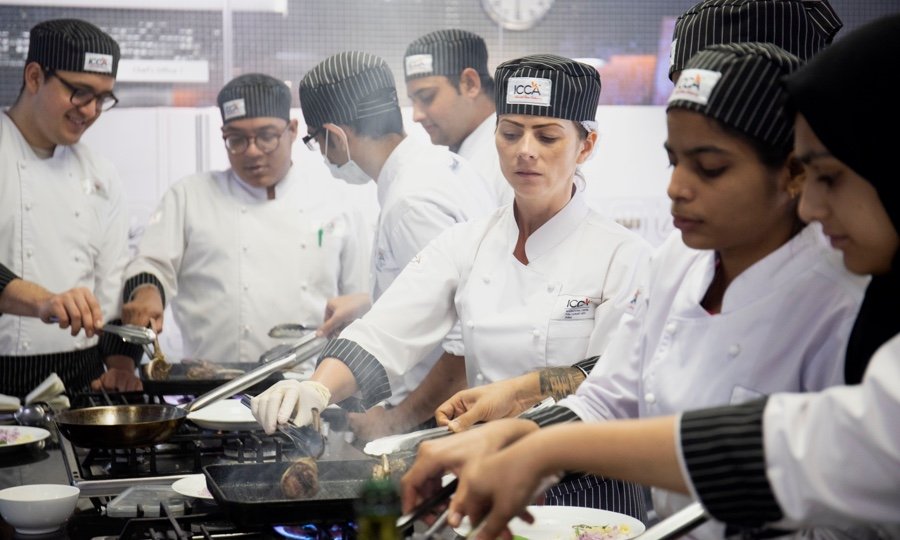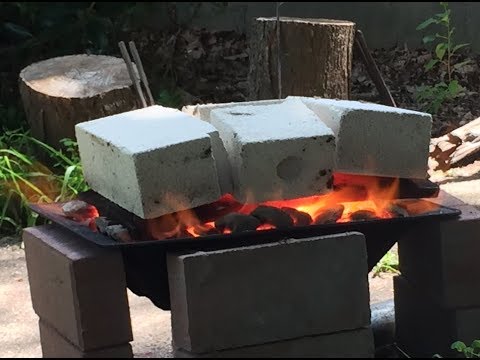
The science behind great cooking is key to creating delicious dishes. There are five flavours that our bodies recognize. You can then use them in different ways to create delicious dishes. Many dishes will use all five. Others may use just two or three. For the best results, be sure to constantly taste your food and adjust any flavors you may have before cooking. A key skill is to correctly season your food. This article will focus on some of the methods and ingredients that can increase flavor and umami.
Science behind the taste of food
You are not the only person who is curious about why certain foods taste more delicious than others. Scientists are constantly studying how the brain functions and are trying to uncover more sensory receptors that detect flavors in food. Other than protein, other proteins are also important for flavor and can make dishes more attractive. The taste of foods is a combination of several chemical properties and is the result of a complex process. The smell and taste of food are the first steps. After that, enzymes in saliva take over processing. Moving the food onto the tongue's palate papillae is the next step in the tasting process. These are tiny bumps that house 50-100 taste cells. Each taste cells is folded like flowers and has a chemical receiver that translate into taste. This is known as "flavor perception".
Flavor Enhancers: Ingredients to enhance flavor
Cooks who are good at cooking know how to add flavor to their dishes. They keep a variety of condiments, produce staples, and spice mixtures in their pantry. These can make cooking easier, give you more flavor, and save time. These ingredients are the foundation of great meals. These are some of the best:

Techniques to enhance flavour
The layers of flavour and texture in the ingredients are what make the best dishes. This can be achieved by using different techniques such as adding flavours before the food cooks and then adding them to final products. Each step of this process adds depth to your dish. The addition of salt before cooking can counterbalance the sweetness of an ingredient and enhance its natural sweetness.
Umami-enhancing ingredients
Umami isn’t something that is unique to China. Although umami can be found in all kinds of food, it is not unique to Asian cuisine. The flavor comes from the amino acid glutamate. Although monosodium glutamate has a bad reputation, it is an ingredient that is safe for cooking. Monosodium glucose is an amino acid naturally found in foods. It is considered safe and secure by the U.S. Food and Drug Administration.
Flavors that enhance bitterness
Bitter ingredients can work together in cooking. For example: bitter chocolate is often better than milk chocolate. It lacks the contrast of sweetness and bitterness. Salt can be used to reduce bitterness in desserts. Salt may be an option if you are using bitter ingredients in a recipe. Here are a few suggestions for balancing bitterness in dishes:

FAQ
How much does it cost to study Culinary Arts?
Prices for studying culinary arts vary widely. A four-year degree in culinary arts typically costs around $40,000. A two-year associate degree, on the other hand may cost less than $5,000. The type of program you choose will determine the tuition rates. Private institutions charge higher prices than public ones.
Can I learn to cook alongside my kids?
Yes! Yes! Kids love helping in the kitchen. It's a fun activity that teaches them responsibility and teamwork. Children can help with everything from washing vegetables to chopping onions. If your children follow safe practices when handling knives, they will enjoy helping you cook.
What is the best way to learn to cook?
Cooking can be something everyone should master. If you don't know how to cook, you miss out on some great food experiences. You must start by finding a recipe you enjoy and following it closely when you learn to cook. Next, practice making small tweaks to the recipe until the dish is your own. You can also try cooking for other people. This will improve your cooking skills as well as test your culinary abilities.
How do I become a chef?
You must complete a degree in culinary arts to be able to apply for a job at the table as a professional chef. You should next join a professional organization such as the American Culinary Federation. This association offers certification exams as well as networking opportunities.
What should a beginner cook start with?
Start cooking something simple, such as pasta, rice, soup. A recipe book or a YouTube video can help you learn how to cook. Cooking with others is more enjoyable. Try cooking together as a family, or have friends share the experience.
Are there any free online cooking classes?
Many websites provide free cooking lessons. YouTube offers many videos on how to cook various meals. You may have access to thousands upon thousands of recipes on some websites. These sites usually require you to pay a monthly fee, but you can try them out for free for 30 days.
Do I have to go to culinary school in order to be a professional chef?
No. Many chefs learned their craft on their own. Some chefs even attended culinary school to gain more experience. Culinary school is preferred by most chefs because they have more opportunities to grow and learn. Culinary schools provide hands-on training that helps students develop valuable skills and enhance their culinary knowledge.
Statistics
- You'll be amazed that over 90% of CIA students receive scholarships and grants to finish their culinary studies. (ischoolconnect.com)
- under 10 Kids have been taught that there is special food just for them, and Fiese says that 10 percent of kids will throw a tantrum if they don't get the food they want. (washingtonpost.com)
- On average, chefs earn $58,740 a year, according to the BLS. - learnhowtobecome.org
External Links
How To
How to cook steak
The thickness and cooking method of any kind of meat will affect the way it is cooked. Thicker steaks can be cooked on a low heat. Thicker steaks need to be cooked at higher temperatures.
They will lose their flavor if they are overcooked. Remember to take your steak out of the oven when it's done. You won't burn.
Cooking times depend on the size of the steak and the desired degree of doneness. Here are some general guidelines.
Medium Rare: Cook to medium rare. This means that the internal temperature should reach 145degF (63degC). This takes between 3 and 5 minutes per side.
Medium: Cook until medium, which means the internal temp reaches 160degF (71degC). This takes approximately 6 minutes per side.
When done well, cook until the internal temperatures reach 180°F (82°C). This normally takes 8 to 12 minutes per side.